3 Landscape Photography Traps Beginners Should Avoid
Recently I saw a post on social media that started with “What do I need to get started in landscape photography?” The problem with asking questions on social media is that you don’t know who is offering good advice and who is not. I saw numerous answers to this question on both from professional landscape photographers as well as amateurs. While some answers offered useful advice, others did not.
So, if you are a beginner landscape photographer looking to get started, here is some common advice often found on social media that you should avoid:
#1: I need the latest landscape photography equipment
Some landscape photographers spend hours reading every single review of the latest cameras. They study the MTF curves for each lens in their collection and indulge in countless debates about the best gear for pursuing their landscape photography passion. After endless hour of research, they may spend some big bucks on a brand new Canon 5D MKXX or the Nikon DXXX as well as the most expensive lenses money can buy. But will this help them conquer the world of landscape photography?
Let’s face it… buying landscape photography gear is the fun and easy part. However, all this fancy photography equipment does little to guarantee that a beginner landscape photographer will be successful in capturing stunning photos. Sometimes they forget to consider something more important – how to use that fancy gear, what to photograph, and how to get a good landscape photo. Knowing these things allows a beginner landscape photographer to consistently capture effective images no matter what.
I know some of you are thinking that this is definitely not true… and that there is no way a 10-year old camera can take the same stunning photos as a brand new DSLR. It is true that cameras today have far greater capability than cameras produced just a few years ago. However, an effective landscape photographer can find opportunities to take photos with any camera because they are intimately familiar with what their camera can and cannot do. We shot both of the photos above with 10-year old cameras.
So unless money is no object, I advise beginner landscape photographers to purchase a good mid-range camera, a couple of good lenses, and a tripod. And then devote some serious effort in trying to acquire knowledge about getting a great landscape photo.
#2: Landscape photographers must spend months on location
During interviews, people often ask us, “How much time do you spend on location in any given year?” Most beginner landscape photographers are surprised to learn that we travel no more than 30-40 days in a year. We spend the rest of the time managing our landscape photography business. We plan our landscape photography outings so that we maximize our chances of getting the best weather patterns and the right seasons. But things don’t always go according to the plan. Experience has taught us to be flexible and open to new ideas.
In 2013 we traveled to Florida, California, Utah, Oregon, Nicaragua, Denver, and Hawaii. For an example of a typical landscape photography trip, consider our trip to Oregon. We spent three full days hiking, exploring, and shooting in the Columbia River Gorge and the surrounding area. To date, I have processed 14 unique images (photos with completely different compositions) that will make it to my portfolio. Sometimes we’ll shoot more and sometimes less… but 14 shots is a nice average for a short photography trip.
So how can we produce so many landscape photos with such minimal amounts of traveling? It comes down to research and field techniques that allow us to shoot in a variety of different light conditions. Before we go out, we research weather patterns, tides, seasonal colors, phases of the moon, climate, flora, fauna, and locations. We often contact local photographers and pick their brains about the local landscapes. Based upon this research, we try to choose the locations that will allow us to maximize the probability of getting a good landscape photo at the time we plan to travel to the location. When we arrive at the location, our plans are always fluid. They may change as necessary, based upon weather patterns.
We first visited Maroon Bells in 2007. I used an interesting root structure beneath the surface of the lake as a foreground object in the photo above. Five years later, in 2012, we returned to the lake. This time, we discovered that the lake had shrunk dramatically because of a long summer drought. It no longer reached the grassy shores we remembered from our previous trip. Instead, mud and rotting wood surrounded the lake. The brilliantly colored moss that was growing under water in 2007 had died off.
Though the banks of the lake were uninspiring, I still felt that there was incredible beauty to be captured. I focused my attention on the nearby areas based on the research we had done prior to our arrival. In the end, I was able to come away with a photo that I like because I was willing to be flexible and look for alternative shots. So, the next time you are faced with unexpected conditions, don’t give up.
#3: I will fix it in Photoshop
Creativity is perhaps one of the most underrated skills in landscape photography. As a beginner landscape photographer, it’s important to develop your post-processing skills. This allows you to do all sorts of fancy stuff with your landscape photography. However, you should never use post-processing skills as a substitute for creative field work or your camera skills. We strongly discourage the “I will fix it in Photoshop” attitude during our workshops.
When we were in Australia, we discovered some beautiful sea anemones. Unfortunately, they were closed up during low tide. As the water in their tidal pool decreases, the anemones close to preserve the nutrients while they wait for high tide to return.
To be able to capture their brilliance, my first step was to open the anemones. To do this, I filled up a water bottle with fresh sea water and poured it into the anemones’ pool. I poured it in such a way to simulate the natural tidal conditions with splashes of water and bubbles. After about 30-60 seconds, the anemones opened and displayed their true brilliant colors. At this point, I could then use my technical skills to set up the shot I wanted.
After I set up the shot, I realized that the sun, along with enhancing the anemone’s brilliant color and the underwater details, was also creating a harsh distracting shadow behind the anemone. I tried a variety of methods ranging from different filters to using my hands in an attempt to remove the shadow… but I had no luck. I finally used a diffuser to create an even light on the anemone which then removed the harsh shadow. I had to carefully place the diffuser – if it was too close to the subject, it would create a reflection that would decrease the desired underwater contrast.
No amount of Photoshop skills would have allowed me to capture the photo I was after in this situation. You must always carry an extra dose of creativity along with your landscape photography equipment to capture your stunning photos.
Get Started the Right Way
It is easy to get intimidated by watching pro landscape photographers and fanboys on social media rave about their latest equipment, their travel, and their post-processing skills. While a seasoned pro who makes his or her living with landscape photography can afford to travel to exotic locations with their latest gear, it is not always the best approach for beginners.
My advice to beginners? Get started with equipment that you can afford. Then spend lots of time and resources into improving your camera skills and post-processing skills before undertaking expensive landscape photography-related travel. This approach focuses on developing our skills and gets you capturing stunning photos before long. Good luck!

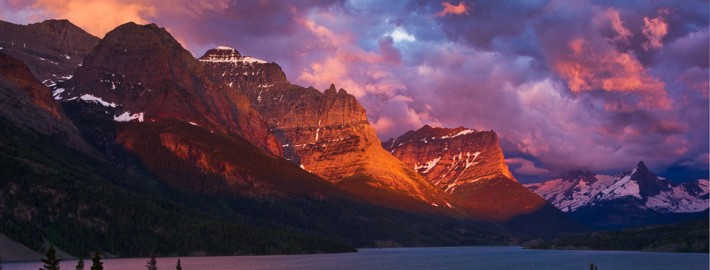
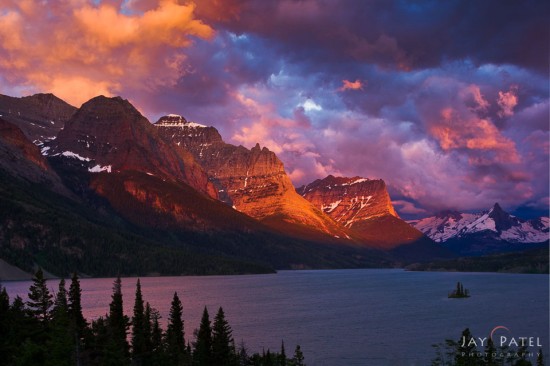



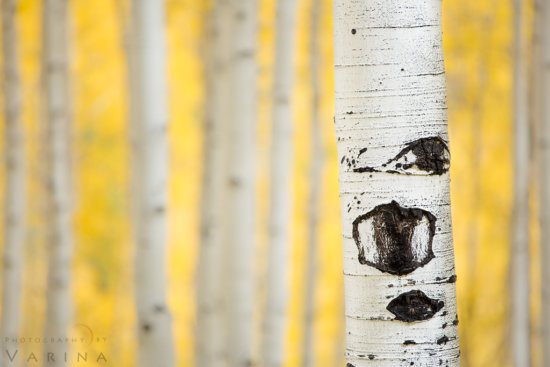




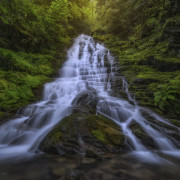
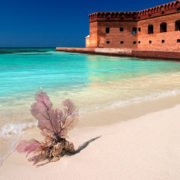

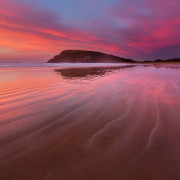




Research is key. I have noticed that once you have your gear and technique pretty well sorted, the biggest factor it comes down to is the quality of your planning. To get a shot in the right light, from the best angle and with a minimum amount of unforeseen issues, the time spent behind the computer researching is the most important step of them all.
I think if we usually try to take photos anywhere and capture with many angles will create amazing experiences.